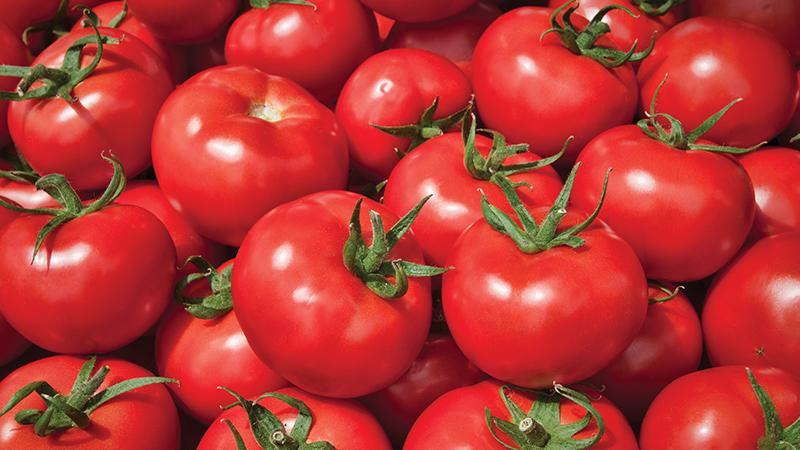Is Your Agribusiness Prepared for the Next Global Pandemic?
As the world slowly opens back up, many of us are now able to leave the frustrating day-to-day dealings with the COVID-19 pandemic in the past. But before you do, it might be a good idea to take some time and review with your team what you did right and what you did wrong, because you may have another one on your hands in the not-too-distant future.
According to a new study by AIB International, which provides consulting on many aspects of the global food and beverage supply chain, fully 78% of food and beverage executives say they are actively preparing for a future global pandemic. That fact caught me off guard, as we hadn’t had such a pandemic before COVID-19 for 100 years, since the “Spanish Flu.”
But their preparations make sense when you consider that fully 30% of the food industry leaders expect another global pandemic within the next four years. I frankly hadn’t thought the odds were anywhere near that high. CEOs from companies in food processing/manufacturing are more likely to believe another global pandemic will happen within the next four years, according to the study.
Prior to COVID-19, I’ll bet like a lot of Americans, I hadn’t really thought globally. I should have been more aware, if only through the many new pests that have plagued American fruit growers in the 20-plus years I have been covering this great industry. Because, outside of the European grapevine moth and the light brown apple moth (from Australia), they have all been from Asia: spotted wing drosophila, Asian citrus psyllid, brown marmorated stinkbug, and, most recently, spotted lanternfly.
I guess it’s more evidence that we truly live today in a global economy. An entomologist once told me that the pests are in essence the price we pay for all the low-cost goods we’ve gotten from Asia all these years. I’m not bashing Asia at all; I too enjoy a smartphone and all the other electronic gadgets that are all made more cheaply in Asia.
When viewed in that light, that virtually everything that happens in one corner of the globe can affect any other, it only makes sense to prepare now.
“This research highlights the dramatic impacts felt by so many companies in the industry due to a lack of preparedness. Despite the understandable ‘crisis fatigue’ from grappling with COVID-19 over the past year, it’s clear that now is time to prepare for the future and elevate critical planning to a best-in-class standard,” said Steve Robert, Global Vice-President, Product Innovation, AIB International.
Those costs weren’t insignificant. Just more than ¾ of the companies with annual revenue of $1 billion or more reported an increase in operating costs, compared to 62% of companies overall. Worse, 19% of companies realized an increase in operating costs and a decrease in revenue. Another 43% had it better, seeing an increase in operating costs, but no decline in revenue.
But though COVID-19 may have cost them a bundle, many respondents still aren’t ready for another pandemic. More than half — 61% — said their company did not have an adequate plan in place to deal with COVID-19. And while companies now feel more prepared than in the past, 45% still do not feel very prepared for a future pandemic. It sounds like the time to start preparing for the next one is now.









